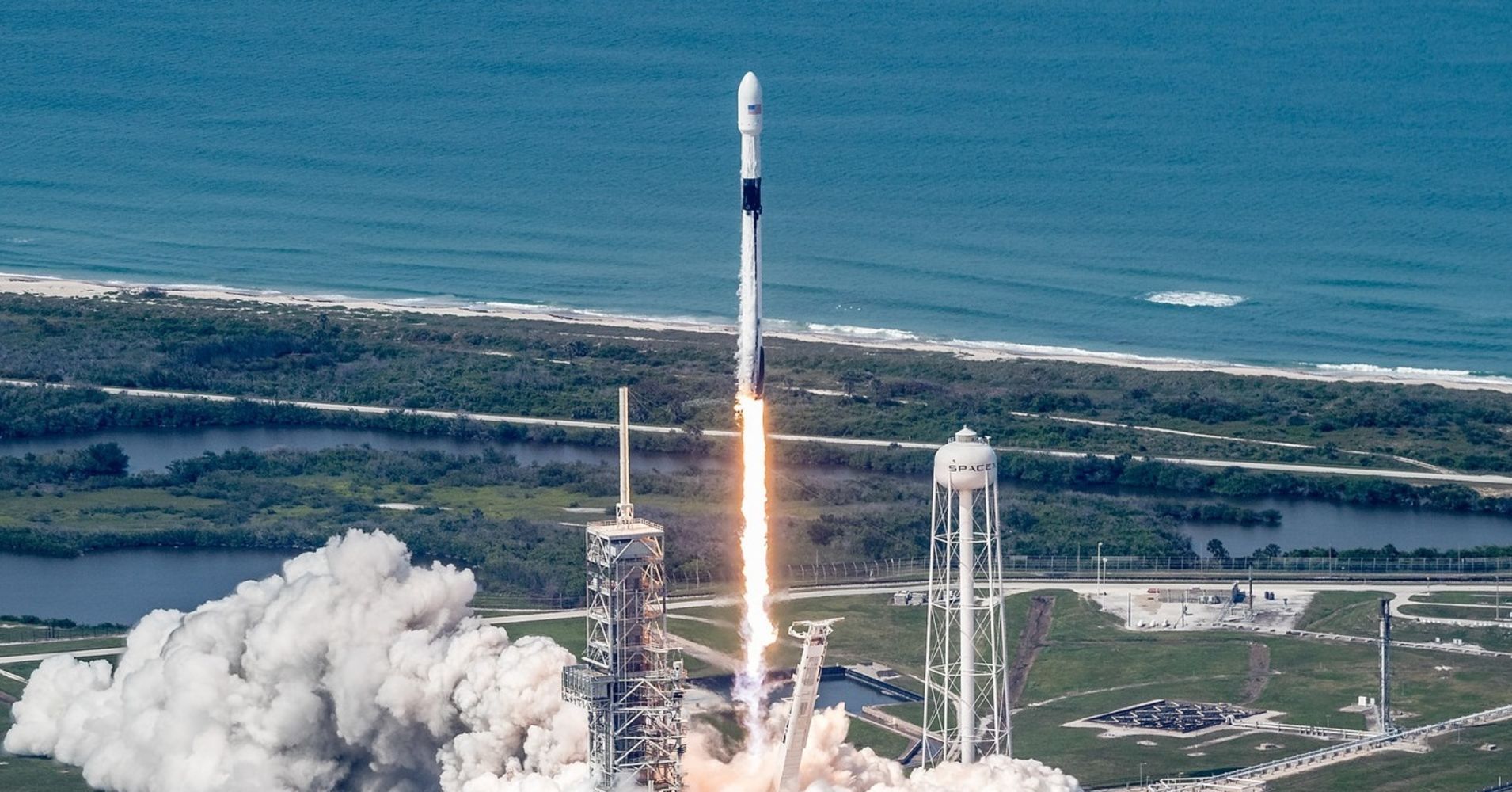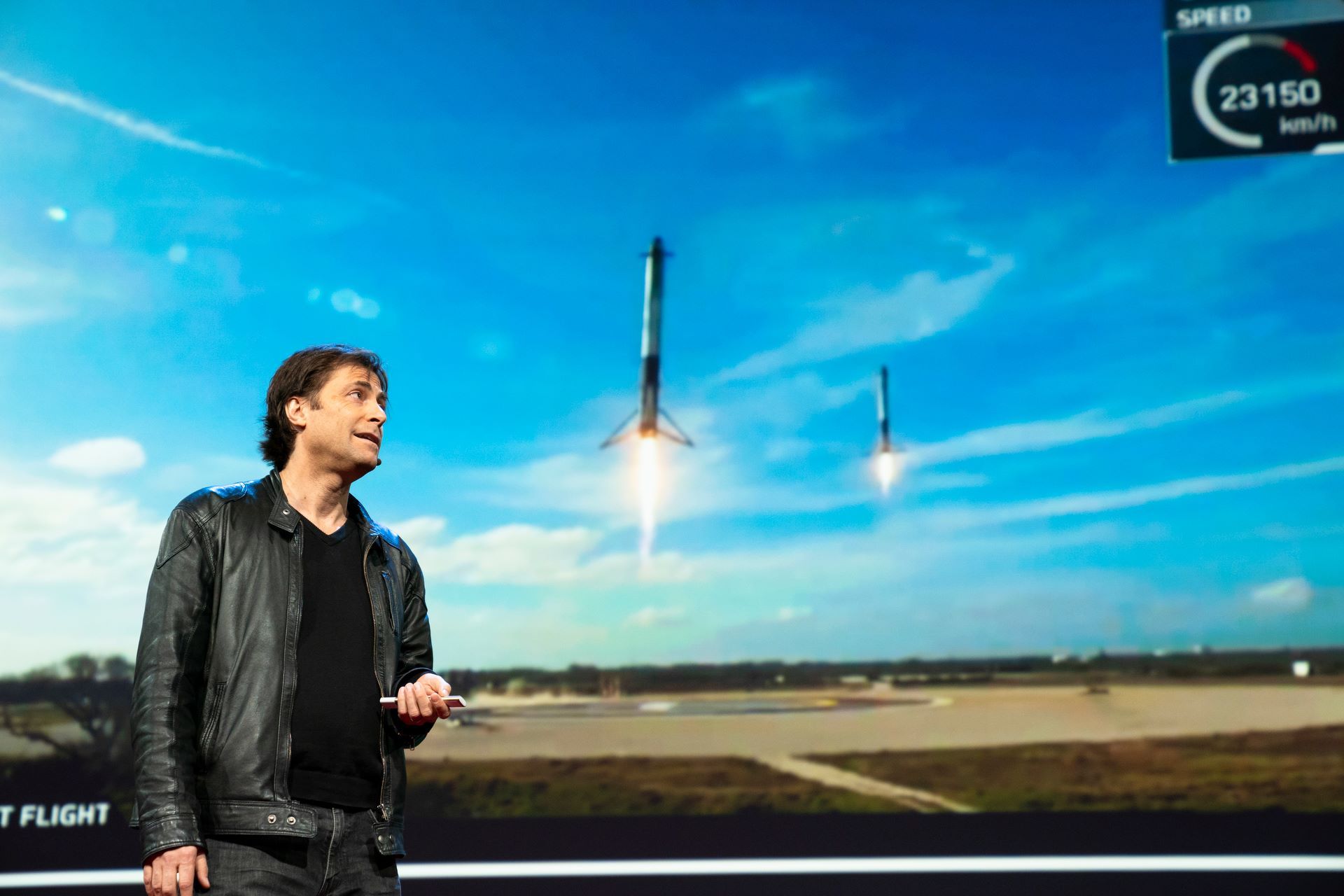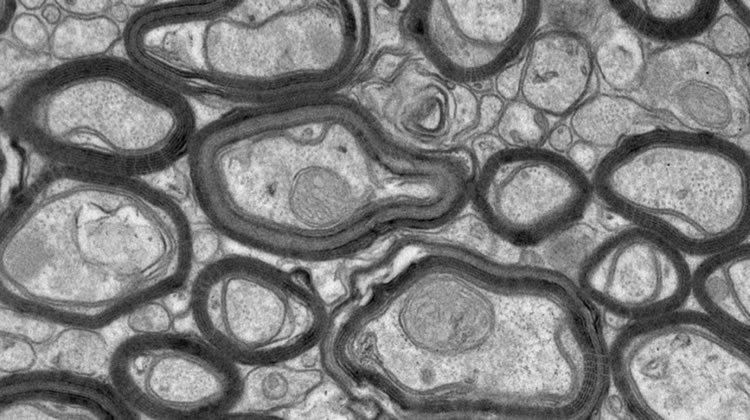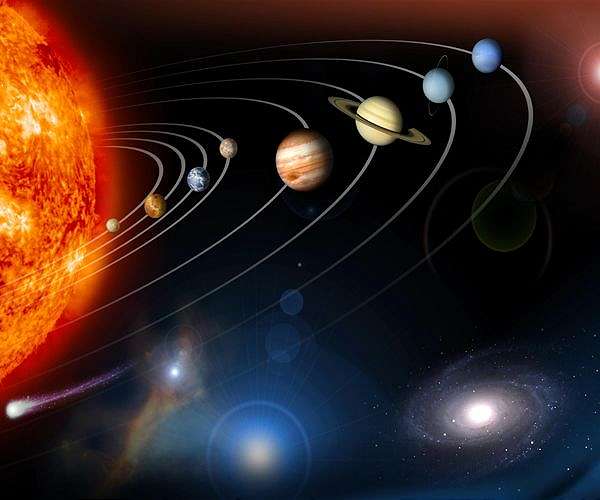Page 9548
Aug 28, 2018
The drones that have become part of China’s military strategy
Posted by Derick Lee in categories: drones, military, robotics/AI
China’s PLA, or People’s Liberation Army, is actively trying to make advances in military robotics and unmanned systems. It now has a range of unmanned aerial vehicles, or drones, in use across its army, navy, air force and rocket force – the military’s strategic and tactical missiles unit. Here are some of them.
The PLA ground force has a number of UAVs that are primarily smaller, more tactical models and are often used for battlefield reconnaissance and targeting artillery fire to improve precision strikes. A significant proportion of these are part of a series produced by the Xian Aisheng Technology Group. The fixed-wing drones have a conventional design with a mid-wing configuration and are used to support the artillery.
The navy generally uses smaller, tactical drones but it also has a limited number of sophisticated reconnaissance UAVs, notably this medium-altitude, long-endurance model. Roughly comparable to the US Global Hawk, it has a maximum range of 2,400km and a maximum endurance of 40 hours. It has been operating in the vicinity of the East China Sea since at least 2013 and there were also reports in 2016 that it had been deployed to Woody Island in the South China Sea – both disputed territories.
Continue reading “The drones that have become part of China’s military strategy” »
Aug 28, 2018
I’m happy that my TED talk debut has just been posted on YouTube: “How to get empowered, not overpowered, by AI”.
Posted by Nicholi Avery in category: robotics/AI
Researchers have found a way to rebuild damaged nerve coverings that cause Multiple Sclerosis.
Researchers successfully used a synthetic compound to stimulate a receptor pathway to promote remyelination in the brain. The technique may have significant beneficial implications for treating multiple sclerosis, researchers say.
Aug 28, 2018
NASA Langley collaborates with industry to develop space technologies
Posted by Chiara Chiesa in categories: business, economics, space
NASA is partnering with U.S. companies and small businesses to develop technologies that have the potential to significantly benefit the economy and future NASA missions.
Recent announcements of selections for the agency’s Tipping Point solicitation and Phase II of NASA’s competitive Small Business Technology Transfer (STTR) program include several proposals with NASA’s Langley Research Center in Hampton, Virginia.
NASA selected 10 Tipping Point proposals totaling approximately $44 million and Langley is a partner on one $3 million proposal. The agency also selected 20 research and technology proposals — valued at $15 million — from 19 American small businesses for STTR Phase II and Langley will manage three of the selected proposals totaling $2.25 million.
Continue reading “NASA Langley collaborates with industry to develop space technologies” »
Aug 28, 2018
CELLINK Is Launching a New Bioink-Series
Posted by Klaus Baldauf in category: biotech/medical
CELLINK proudly presents the LAMININ-SERIES in collaboration with BIOLAMINA
Laminins are proteins composed of three subunits referred to as a α-chain, β-chain and γ-chain. They are a major component of the basal lamina that lines the external surface of cell membranes. This protein is characterized by its cross-like structure that serves as a structural foundation for many tissues. Laminins play an important role in cell differentiation, migration, adhesion and also involved in supporting healthy tissue. Several laminins have been identified, which all have been related to different tissues and organs in the human body.
Our CELLINK LAMININ SERIES consists of five tissue-specific bioinks that have been developed for improving maintenance and survival of tissue. The bioinks contain laminins to mimic the basal lamina and the natural tissue environment. These bioinks retain the excellent printability and ease of cross-linking found with the universal CELLINK® bioink.
Aug 27, 2018
Serendipitous discovery may lead to eco-friendly lubricant
Posted by Bill Kemp in categories: biological, food, genetics
Seed oil components of an ornamental flower could provide a direct pathway for designing a new class of environmentally friendly lubricants. Researchers at the School of Science at IUPUI identified the compound in the seed oil that is produced in a manner unlike any other fatty acid. The study was published today online in the journal Nature Plants.
The Orychophragmus violaceus plant is a purple flower native to China; it’s commonly referred to as the February orchid. While collaborating on the O. violaceus plant’s biology and genetic makeup, researchers at Huazhong Agricultural University in Wuhan, China, and the University of Nebraska-Lincoln encountered a bit of a mystery: All plant seeds contain oils as energy reserves for later growth, but researchers noticed the February orchid seed oils were unusual.
They called upon IUPUI bioorganic chemist Robert Minto, who specializes in identifying natural products and unknown compounds.
Continue reading “Serendipitous discovery may lead to eco-friendly lubricant” »
Aug 27, 2018
China and Russia looking at 27 floating nuclear reactors but ThorCon and Indonesia could scale to 100 per year
Posted by Bill Kemp in categories: economics, nuclear energy

https://youtube.com/watch?v=8uQZYyxMhs0
What could possibly go wrong? Does anyone remember Fukushima?
Floating nuclear power plants offer several economic advantages.
Aug 27, 2018
Physicists race to demystify Einstein’s ‘spooky’ science
Posted by Bill Kemp in categories: computing, encryption, mobile phones, neuroscience, quantum physics, science, space
When it comes to fundamental physics, things can get spooky. At least that’s what Albert Einstein said when describing the phenomenon of quantum entanglement—the linkage of particles in such a way that measurements performed on one particle seem to affect the other, even when separated by great distances. “Spooky action at a distance” is how Einstein described what he couldn’t explain.
While quantum mechanics includes many mysterious phenomena like entanglement, it remains the best fundamental physical theory describing how matter and light behave at the smallest scales. Quantum theory has survived numerous experimental tests in the past century while enabling many advanced technologies: modern computers, digital cameras and the displays of TVs, laptops and smartphones. Quantum entanglement itself is also the key to several next-generation technologies in computing, encryption and telecommunications. Yet, there is no clear consensus on how to interpret what quantum theory says about the true nature of reality at the subatomic level, or to definitively explain how entanglement actually works.
According to Andrew Friedman, a research scientist at the University of California San Diego Center for Astrophysics and Space Sciences (CASS), “the race is on” around the globe to identify and experimentally close potential loopholes that could still allow alternative theories, distinct from quantum theory, to explain perplexing phenomena like quantum entanglement. Such loopholes could potentially allow future quantum encryption schemes to be hacked. So, Friedman and his fellow researchers conducted a “Cosmic Bell” test with polarization-entangled photons designed to further close the “freedom-of-choice” or “free will” loophole in tests of Bell’s inequality, a famous theoretical result derived by physicist John S. Bell in the 1960s. Published in the Aug. 20 issue of Physical Review Letters, their findings are consistent with quantum theory and push back to at least 7.
Continue reading “Physicists race to demystify Einstein’s ‘spooky’ science” »

100 years ago, scientists thought the Milky Way was the entire universe. Imagine what we can learn from this telescope in a Chilean desert.
















